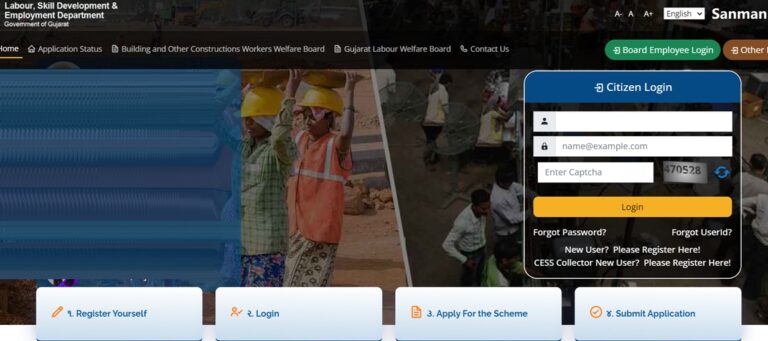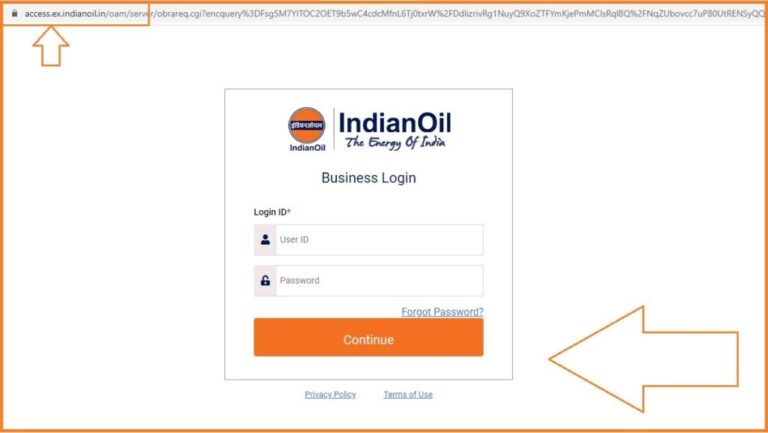
Har Ghar Bijli Yojana
Electricity is one of the most fundamental needs of modern society, driving progress in every sector from industry to education, healthcare, and agriculture. The Government of India has recognized that access to electricity is not just a convenience but a necessity for socioeconomic development. With this in mind, the Har Ghar Bijli Yojana, also known as the Saubhagya Scheme, was launched to ensure that every household in India has access to electricity. This ambitious program marks a significant step in India’s ongoing efforts to achieve universal electrification and to improve the quality of life for millions.
Table of Contents
Understanding the Har Ghar Bijli Yojana
Launched by Prime Minister Narendra Modi on 25th September 2017, the Har Ghar Bijli Yojana aims to provide electricity connections to all households across the country, particularly targeting those in rural and remote areas. Prior to this scheme, many parts of India, especially villages, still struggled with erratic or no power supply. The Saubhagya Scheme focuses on bridging this gap, ensuring that even the most disadvantaged sections of society can enjoy the benefits of electricity.
Key Objectives of the Scheme
- Universal Electrification: The primary goal of the Har Ghar Bijli Yojana is to ensure that every household, regardless of location, has access to electricity. The government recognized that without universal access to electricity, India’s economic development would be incomplete.
- Affordable Electricity: The scheme promises free electricity connections to households identified as economically weaker sections (EWS) under the Socio-Economic Caste Census (SECC) 2011. For other households, a nominal fee is charged to get the connection, ensuring that electricity is affordable for all.
- Reducing Energy Inequality: Electricity has traditionally been a luxury for many remote areas, leading to disparities in economic growth and social welfare. By providing electricity, the scheme addresses the energy inequality that has existed for decades.
- Environmental and Health Benefits: Many rural households rely on kerosene lamps or other harmful sources of energy. The electrification drive helps replace these sources with cleaner, safer, and more reliable electricity, leading to health benefits such as reduced indoor pollution.
- Empowering Women and Children: With access to electricity, children can study after sunset, improving educational outcomes. Women, often burdened with household chores, also benefit from access to appliances and technology that ease their workload.
Implementation and Progress
The Har Ghar Bijli Yojana is being implemented in collaboration with state governments and the Rural Electrification Corporation (REC), the nodal agency responsible for monitoring and managing the scheme. The government has set up a dedicated Saubhagya portal to track the progress of electrification in real-time.
Key Features of Implementation:
- Subsidized Connection: Households identified under the SECC are entitled to a free electricity connection. For others, a nominal fee of Rs. 500 can be paid in 10 easy installments.
- Solar Power for Remote Areas: In regions where the grid cannot reach, solar power packs (with batteries) are being provided to ensure that even the remotest households have access to basic electricity.
- Ease of Application: To make the process hassle-free, consumers can apply for electricity connections through the online portal or even via a simple phone call. The process has been streamlined to avoid red tape and unnecessary delays.
- Decentralized Monitoring: The implementation of the scheme is monitored at multiple levels. Gram Panchayats and local bodies have been involved to ensure that the scheme reaches every corner of the country. A mobile app has also been developed for field officers to report progress and address grievances.
Achievements
As of 2021, the government proudly announced that over 2.8 crore households had been electrified under the Saubhagya Scheme. The program has been instrumental in closing the gap between urban and rural areas in terms of electricity access.
- Urban-Rural Divide: The scheme has largely focused on rural electrification, as urban areas already had significant access to electricity. This focus has helped reduce the gap and bring 100% electrification to many states.
- Increased Consumption: As more households get connected to the grid, the consumption of electricity in rural India has seen a notable rise, reflecting improved standards of living and economic growth.
- Improved Quality of Life: The impact of the scheme is visible in the improvement of life quality for millions of people. With electricity in their homes, families are now able to engage in activities that were previously difficult due to a lack of power.
Challenges Faced by the Scheme
While the Har Ghar Bijli Yojana has achieved considerable success, it is not without its challenges. Some of the main obstacles include:
Infrastructure Constraints
One of the biggest challenges has been the lack of infrastructure in remote areas. While the government has worked tirelessly to extend the electricity grid, difficult terrain, lack of roads, and limited human resources in some regions have made implementation more challenging.
Sustainability and Maintenance
Electrification is not just about providing the initial connection. Sustaining the power supply and ensuring that there is regular maintenance of infrastructure are equally important. In some areas, the lack of trained personnel to maintain and repair electrical systems has led to intermittent supply issues.
Financial Strain
While the scheme offers free or highly subsidized connections, the ongoing cost of electricity is something that some households still struggle to manage. Even with a connection, many people cannot afford regular consumption due to poverty.
Theft and Power Losses
Power theft and transmission losses are serious problems in several parts of India. This issue affects the efficiency of the power supply and results in losses for the government. Curbing theft and ensuring the proper use of electricity are ongoing challenges.
Solar Power Sustainability
While solar power has been provided to many remote areas, the maintenance and battery replacement for these systems remains a hurdle. Without proper attention, these households could revert to old, unsustainable energy practices.
Future of Electrification in India
The Har Ghar Bijli Yojana is a cornerstone in India’s efforts to modernize and develop its rural landscape. However, the journey does not stop at providing electricity connections. The future of electrification in India will involve:
- Improving Grid Stability: The power grid needs continuous upgrades to handle the increasing load and demand from newly electrified households.
- Focus on Renewable Energy: Solar power and other renewable energy sources will play a key role in ensuring sustainable electricity for all. The government will need to focus on building infrastructure to harness renewable energy and make it accessible to the public.
- Smart Metering and Efficient Usage: As India moves towards smart grids and smart metering, energy efficiency will become critical. Ensuring that rural households also benefit from these advancements will help prevent power wastage and keep costs low.
- Skill Development: The workforce needed to maintain and expand the electricity infrastructure requires proper training. The government may need to invest in skill development programs to build a robust network of trained electricians and engineers in rural areas.
Conclusion: Har Ghar Bijli Yojana
The Har Ghar Bijli Yojana is a transformative initiative that has already brought about significant positive changes in India’s rural landscape. By providing universal access to electricity, the scheme empowers millions of households and serves as a foundation for future growth in sectors such as education, healthcare, and employment. However, to fully realize its potential, ongoing challenges like infrastructure development, sustainability, and maintenance need to be addressed.
India’s electrification journey does not end with the Har Ghar Bijli Yojana. It marks the beginning of a more ambitious path towards a self-reliant, energy-efficient nation where every citizen, regardless of their socioeconomic status, has access to affordable and sustainable power.


